Reflection of RUMERTIME Family Summer Camp 2020 – #2
by: Daph Fenaud
NUGGET
I am a dual-degree graduate student at Andrews University pursuing a Master’s in Social Work and a Master’s in Divinity. My goal is to become a school social worker to help under-resourced communities. After several conversations about my career goals with the Director of Field, she suggested that I look into the RUMERTIME summer camp. After speaking with Dr. Larrier and Dr. Flemming, reviewing materials, and going through the camp I can say that RUMERTIME has been a life-enriching experience for me both professionally and personally. Thus, this paper will present my views on my experience as a RUMERizer and a RUMERTIME Prevention Intervention Coach (RPIC).
Personal Perspective
From a personal standpoint, the RUMERTIME process must first be internalized before it may be taught to others. I was given this warning many times before I officially started the training to become an RPIC. However, this did not stop me from feeling blindsided by having to practice RUMERizing myself. My thought: my entire graduate program was to help elevate my self-awareness; this is just another tool. The reality: education and experience allowed me to become more self-aware, but I had no pragmatic way of navigating new opportunities of self- and social- awareness. It is my belief that RUMERTIME is a process that has components that we all use in one way or another but are unable to develop our own method or evaluate how beneficial they are to our growth as human beings.
Professional Perspective
My professional perspective is one as a graduate Social Work and Pastoral student. My MSW program requires a written and oral defense which includes presenting a theoretical framework and practice model which you intend to use for future practice. I was pleased to discover that strength-based approach and Cognitive Behavior Therapy (CBT) are both incorporated into the CSS framework and RUMERTIME, along with a host of other interconnected theories, that help consider a wholistic approach. This wholistic approach reinforces that at the center of all the research, theories, and practice is a unique individual.
Strength Approach
The strength approach views the seedlings (children) and sowers (parents) as active participants with the capacity to grow, adapt, and change. RUMERizing preserves the agency of each participant by allowing them to share their story. The story is coupled with homework and activities to gather context and pick-up strengths. As an example, one of my seedling’s strengths included a desire to learn, support from parents and teachers, farming skills, coding skills, and ability to maintain long–term relationships. A portion of this information was gathered from the Tree of Interaction homework/activity. This tree is a visible illustration of relational strengths. Stories elicited by these relationships revealed other strengths about the seedling’s resources/community. Other information is given about the seedling by the parent before the camp begins and this information is taken into consideration as well.
Cognitive Behavioral Therapy
The CBT model is tactfully incorporated into the RUMERTIME camp program. The daily program includes a mood-checkup, agenda-setting, review of homework, discussion of agenda, and closes with summary/feedback. With the RUMERTIME summer camp, the fundamental CBT tenant is quoted eloquently by Dr. Larrier who states “behind every behavior is a belief”. The Cultivating Seeds Systemtm fully incorporates the practice of CBT to impact the individual, and subsequently over time, their macro systems. Early on we teach parents and kids to recognize their thoughts and interactions. Before and after each session the seedling or sower is asked to share their emotions. The participants are reminded that “emotions don’t have intellect” and they must come from somewhere. They are then asked a series of questions to reveal the situation and what they are thinking. In this manner, psychoeducation is given to help them understand the power of first recognizing their thoughts and emotions. The CSS agriculture metaphor is teeming with psychoeducational material.
Conclusion
An important note is to be given to the intersection of personal and professional. Using the RUMERTIME process has shown me the need to make mental health practices available to everyone. I have found the portability and versatility of the CSS framework to be exceptional. I remember how apprehensive I was towards the diversity of the RPICs in age, culture, and education. Backdrop that with our seedlings ranging in age and culture, it painted an interesting picture. However, I am happy to report that my appraisal was wrong. The more we (RPICs) internalized RUMERTIME the more efficacious our approaches were. After internalizing the process, I immediately shared it with my wife, I used it to help me navigate a conversation with my grieving father, and I have also incorporated portions of it into our weekly worship routines with the church I attend. One of my seedlings used it to have healthier interactions with his girlfriend. Other RPICs shared how this shifted things for them personally and relationally. While accolades should be given to the efforts of the team, I believe that this equally demonstrates the versatility of the CSS framework and RUMERTIME process. It shows that it has the capacity to be cross-cultural and sensitive to mental and emotional development while being shareable by both peers and cross-generationally. It is these promising traits that encourages me to increase access to mental health in my own sphere of influence. I intend to take this life changing tool to my school system as I pursue a career in school social work, in my pastoral life as clergy are often sought-out for counseling, in my family-life as we navigate the wiles of living, and personally as I grow in learning how I relate to myself and others.

This work is licensed under a Creative Commons Attribution 4.0 International License.

